Viewless YouTubers: What I learned watching 100s of hours of raw, unpolished humanity 🤔
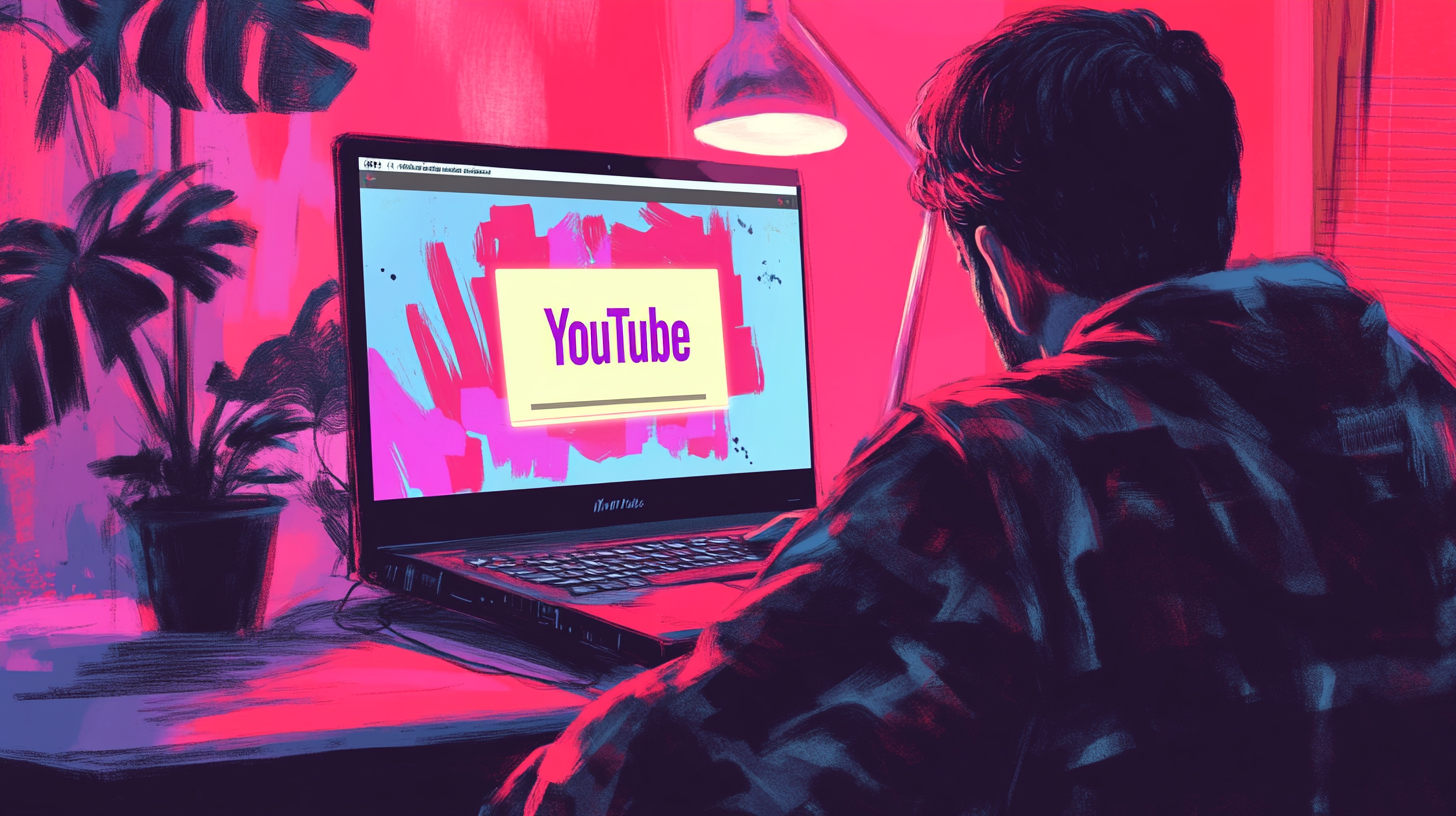

👆👆Listen to the audio version above! 👆👆
The world seems a bit rubbish right now, doesn’t it? Open any digital device and a bleak picture is quickly painted. I don’t have to tell you that it’s gloomy out there.
In response I was going to write another version of how to survive when the world has gone to sh*t, but I’ve done that already. I wanted to try and tell a different story about human beings in 2025.
I wanted to take a closer look at how humans lived away from the algorithms and the news feeds and the headlines. I wanted to try and find an unvarnished look at human life: away from the competition to be popular, attractive, controversial, political, angry, or emotional.
So I went to YouTube. The video platform turned 20 this year, meaning the 15 billion videos it currently holds is a unique record of human experience over the last two decades.
While you might think it’s a hyper-curated place where creators pull in mega views, in reality: the median video has been watched just 41 times and posts with more than 130 views are actually in the top third of the service's most popular content.
In other words, the vast majority of YouTube is a treasure trove of human experience, not sorted and ordered into a manicured view of the world by machines. It’s a big dollop of life, unrefined and unfiltered.
So in this week’s Brink I wanted to know: what does humanity look like in 2025 according to those far from the limelight?
Looking for 0 views 🔭
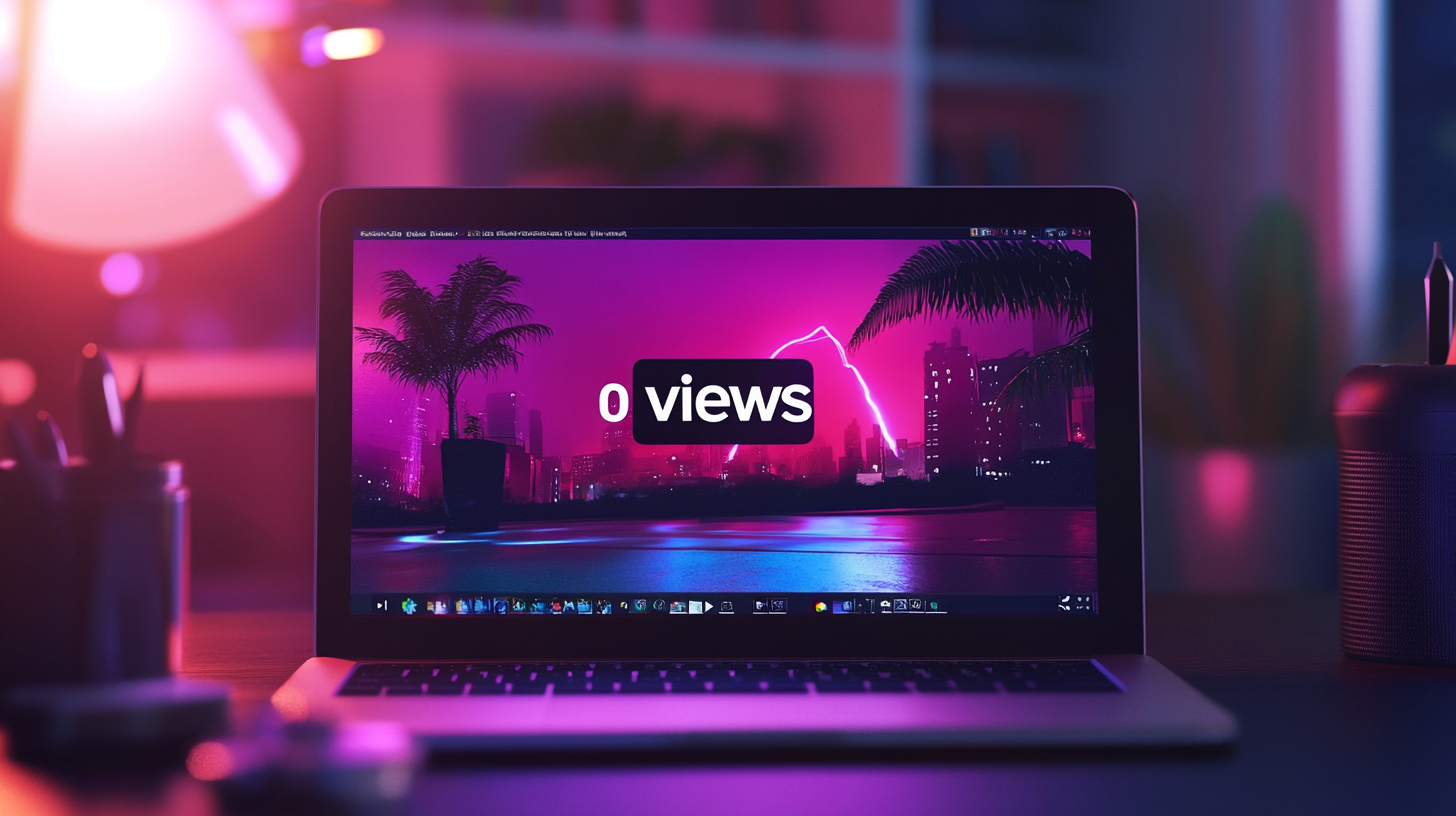
When you log onto YouTube, you get a perfectly attuned view of the 15 billion videos it hosts. It uses a mix of your previous watch history, videos you’ve interacted with before, broad subjects it thinks you might be into and every now and again, random snippets to lure your eyeballs into exploring something new.
More than 1 billion hours of video are watched on the platform every day, the vast majority of that is concentrated into surprisingly few channels.
To find videos that aren’t competing for your attention is surprisingly difficult, but not impossible. Researchers have built tools that allow you to look at the quieter corner of the world’s second largest website.
What they found was fascinating: 4% of videos haven't been watched by anyone. For context that’s 600,000,000 videos. Not even the video’s creator bothered to watch. Looking further, about 74% of videos have zero comments and around 89% have no likes. That is a vast amount of content that sits there on YouTube’s servers, idle. So I started watching it.
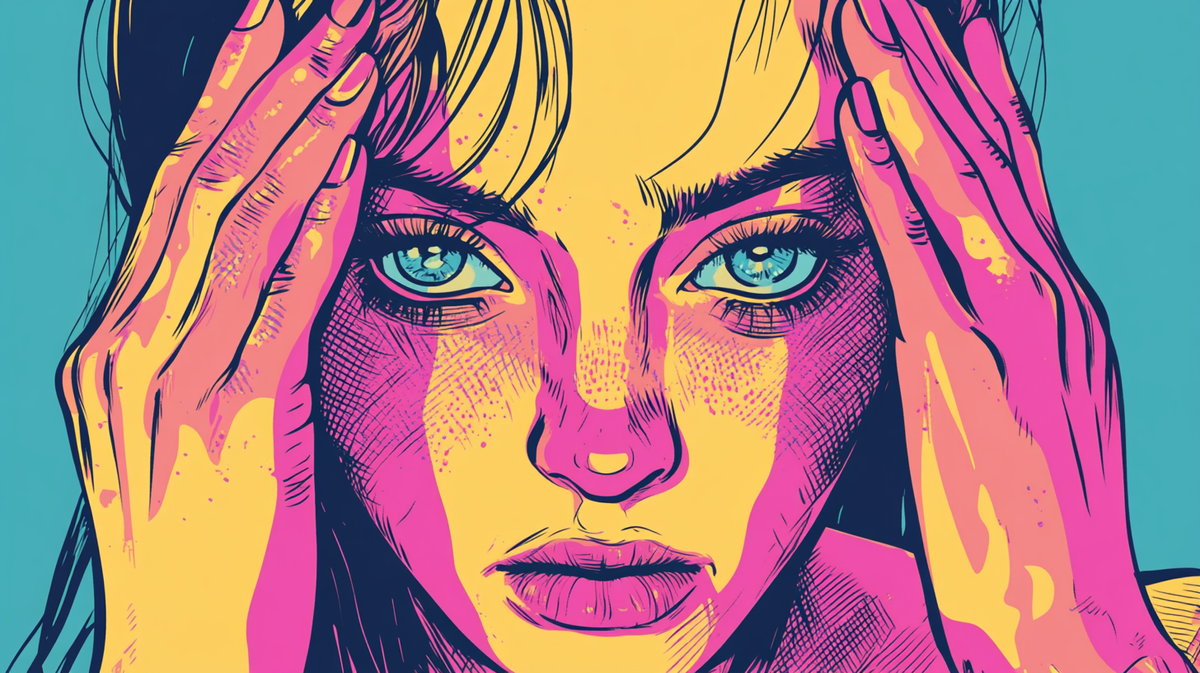
My favourite tool to do this was a site called Astronaut. It’s a site that quietly scrapes videos from YouTube, uploaded in the last week with poorly named file names like DSC 1234 and IMG 4321. They have almost zero previous views. They are unnamed, unedited, and unseen.
I paired that with another site, Walzr. Between 2009 and 2012, iPhones had a built-in "Send to YouTube" button in the Photos app. Many of these uploads kept their default IMG_XXXX filenames, creating a time capsule of raw, unedited moments from random lives.
Here’s what I found.
Mundane, Moving, and occasionally mortifying 💭
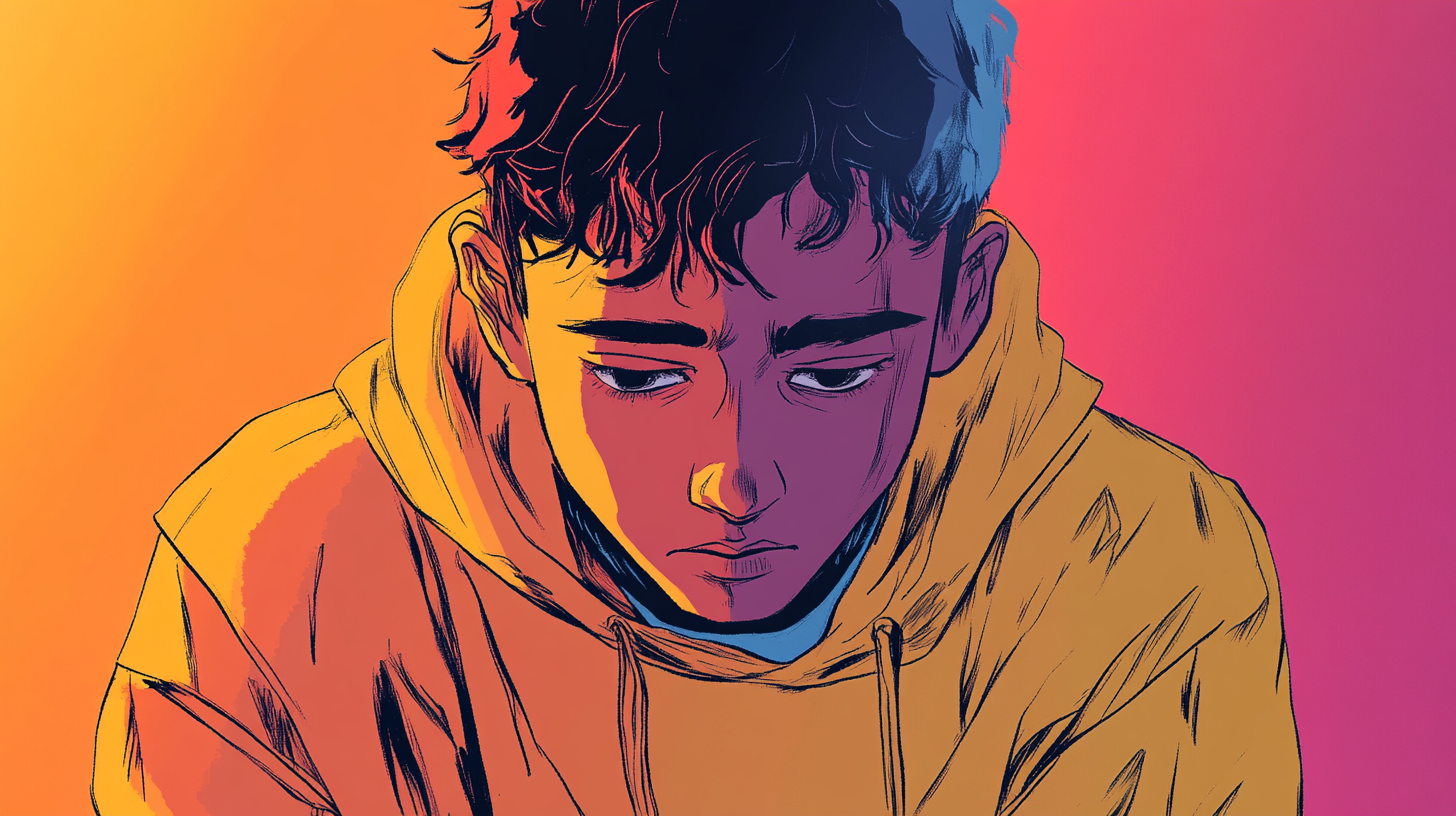
We love to record things. From videos of nights out, to family celebrations, to playing sports, to snippets of stories you’ll never know why they were recorded.
As recording has become easier, so has our need to capture life. Sometimes they were messages to friends, other times they were videos of our pets, and others were of eerie moments where nothing happens. Some are heart-breaking: there are videos saying goodbye to loved ones, or people apologising for lives half lived.
A lot of people are playing video games. According to researchers, 20% of YouTube videos involve watching someone playing a computer game. But beyond that, there’s a lot of well nothing.
These videos live beyond the algorithms, in what researchers call “Deep YouTube”. While research suggests YouTube's algorithm amplifies negativity, reinforces stereotypes and gives users little control over the content they don't want to see, these videos sit untouched, unsorted and unranked.
The machines that amplify videos of drug cartels and harnessed by terrorists as a tool for promotion and recruitment are not here. Machines don’t find them interesting. But I did.
There was just so much of it. Endless videos of people cooking, kids mucking around at home, cultural events, moments of silence, and experiments with video.
I got curious as to why there’s so much content that seems to do nothing for no-one.
I, Record 📹
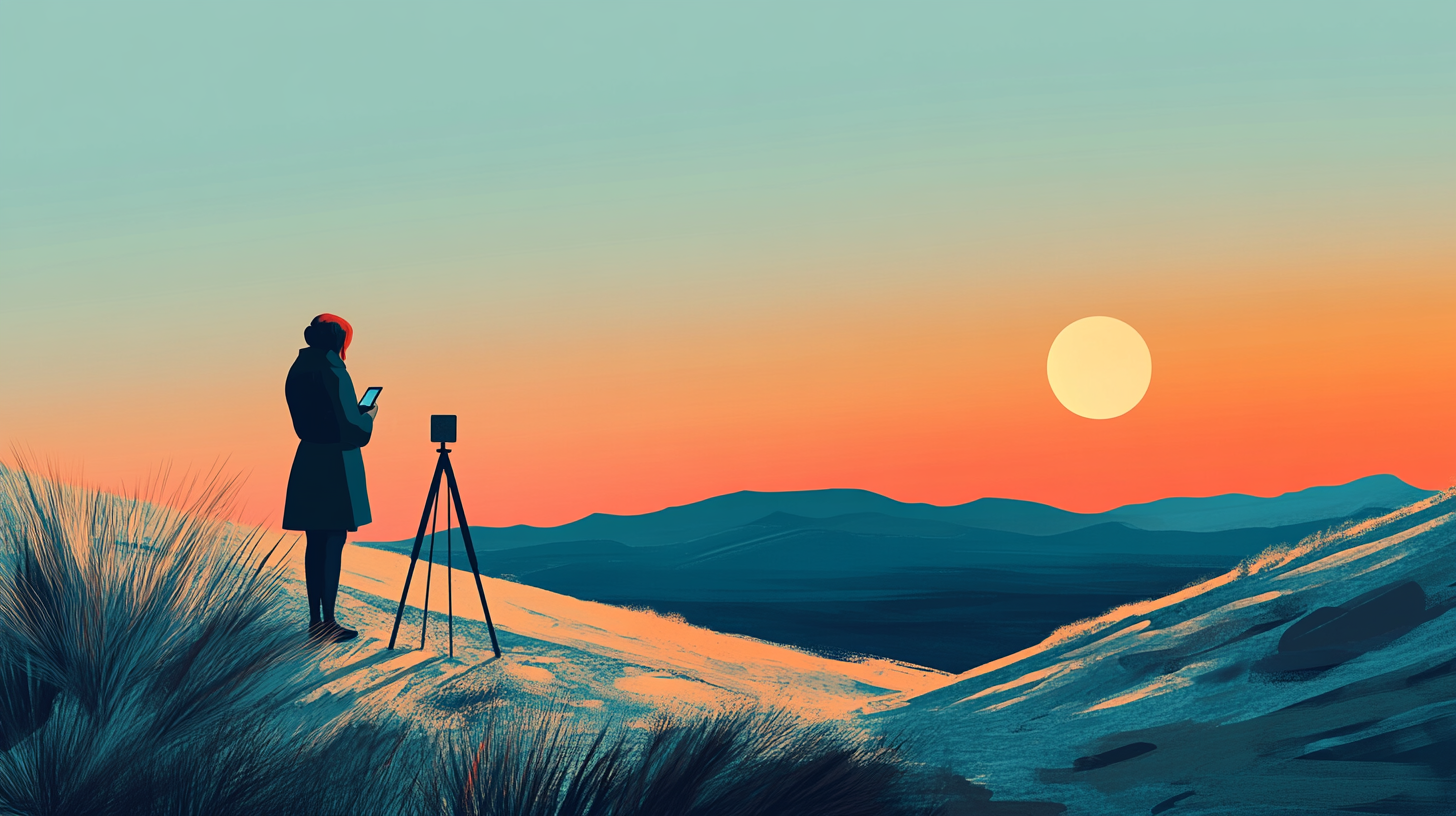
Humans have always recorded what’s around them. Whether it’s cave paintings of animals and people 50,000 years ago, or clay pebbles used to count livestock, to the emergence of writing. They all appear to be driven by a need to document things: our need to record has long been established.
YouTube is no different, according to Ryan McGrady, the senior researcher in the Initiative for Digital Public Infrastructure at the University of Massachusetts Amherst in the US.
“These videos sometimes resemble their more professional counterparts, but many—family slideshows, homework assignments—are apparently not intended for the creator economy. This is YouTube put to a different purpose and a different audience—an archive for friends and family, a public record.”
Grady and his team have poured over YouTube’s quieter corners to help create a different understanding of internet culture, as have others.

"We tend to assume the reason to use social media is to try to be an influencer, either you're Joe Rogan or you're a failure. But that's the wrong way to think about it," says Ethan Zuckerman, who leads the YouTube research as the director of the University of Massachusetts' Initiative for Digital Public Infrastructure.
Zuckerman and his team found examples of YouTube being used as a messaging tool for people who are illiterate, to a personal archive of a person’s life, to even a way of remembering loved ones. I found that, too.
Videos of people with their family turned up a lot. Why are they on YouTube? Researchers found people used it as a way of documenting their life: for themselves and sometimes for a few others.
When they tracked down some of the authors of these viewless videos, many had forgotten they were there. These videos were, in a lot of ways like old photos you had long forgotten about, snapshots of moments that have long gone.
They are a record of something, of someone. Like a tiny reminder to the world they were there at one point. It got me thinking about the sense of self: the awareness that we are a person and we exist, but also that we are unique.
I see me 👀
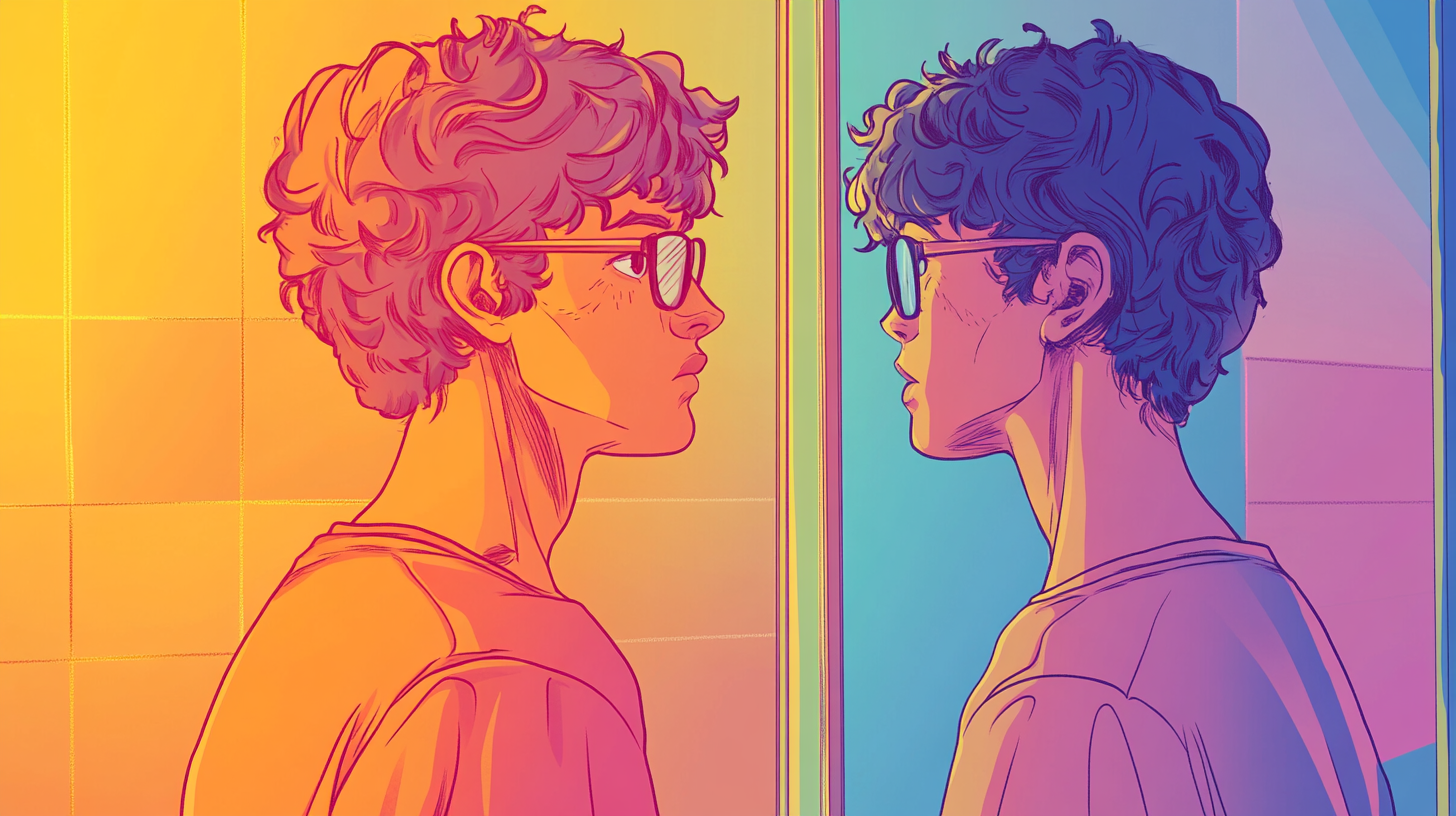
In psychology the emergence of self is commonly referred to as individuation: the act of recognising that you are your own person with your own needs, wants and ideas. While individuation is a life long pursuit, it tends to concentrate in childhood.
This is a fragile phase in our early years. When individuation is met with shame or anger, it becomes stunted. Our sense of self is sensitive to the world around us. If we find parts of ourselves are disliked by others, it tries to find ways of being more likeable.
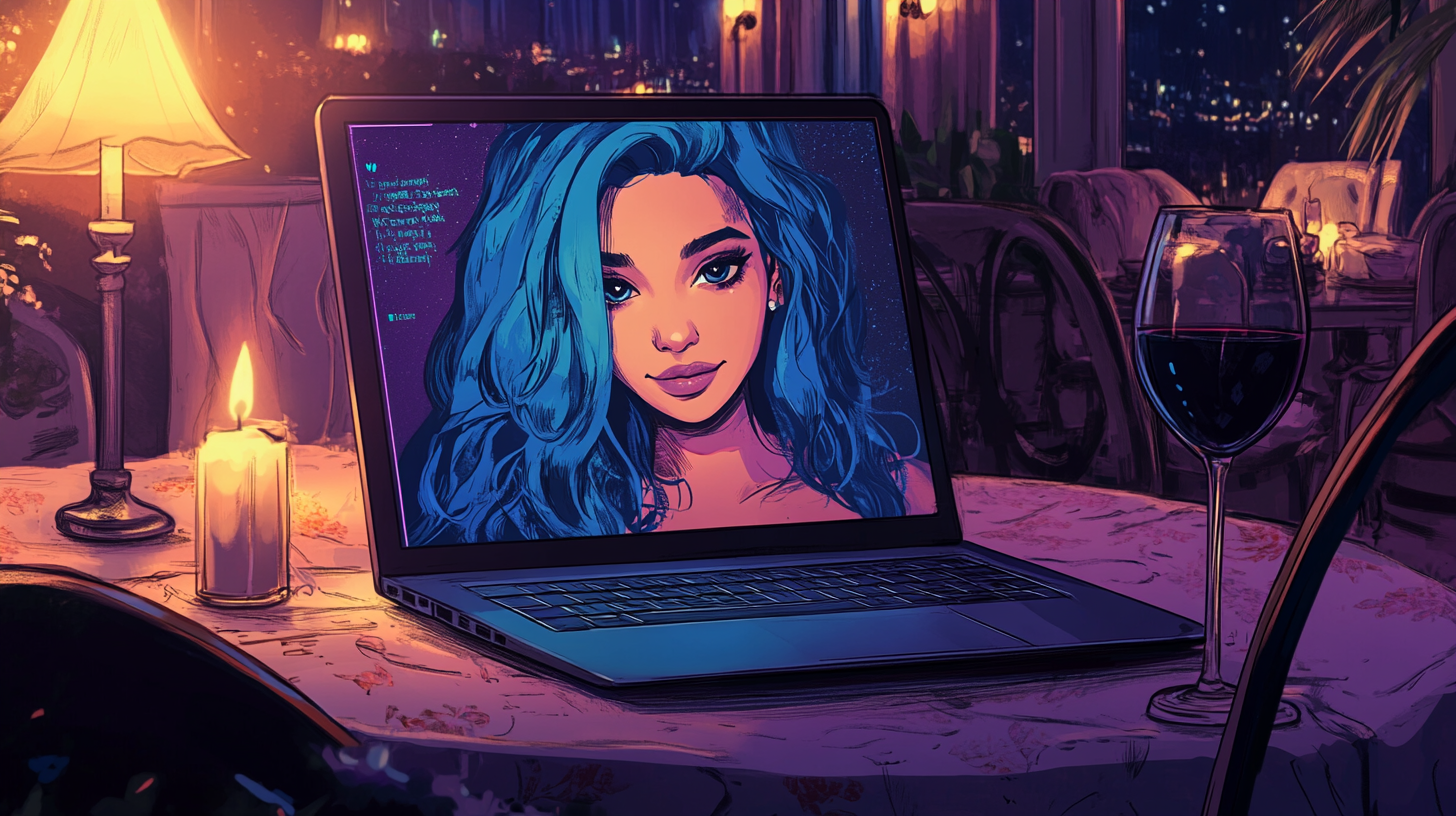
But when we’re on our own, that need to individuate continues, and over the last 20 years, YouTube has captured so much of it. Whether it was Star Wars Kid, or the Double Rainbow Guy, YouTube is stuffed with private moments of self expression. Not for anyone else except themselves. Watching yourself be uniquely you is a rare thing, and on Deep YouTube there’s an abundance.
Life through a lens 📸

I wrote this week’s newsletter in a cafe, and it was a wonderful mirror image to what I found on YouTube: some people were together, talking, eating, drinking, some people were alone, working, studying, some were laughing, some were serious, and all were just living.
This is what I learned watching hours of YouTube. That away from the mess of the world, there’s a lot of life, just happening, quietly. I found watching this unobserved world soothing.
Astronaut, the site I used to watch recent videos, has an auto load feature that keeps loading new videos, and I would just leave it on while I did other things. I liked hearing life happening in the background.
I liked tuning in and out of people learning how to play sports, or watching their pets mess around, or recordings of town hall meetings in places I’ve never heard of. These little windows into the lives of people I’ll never know and never meet, dare I say it, gave me hope.
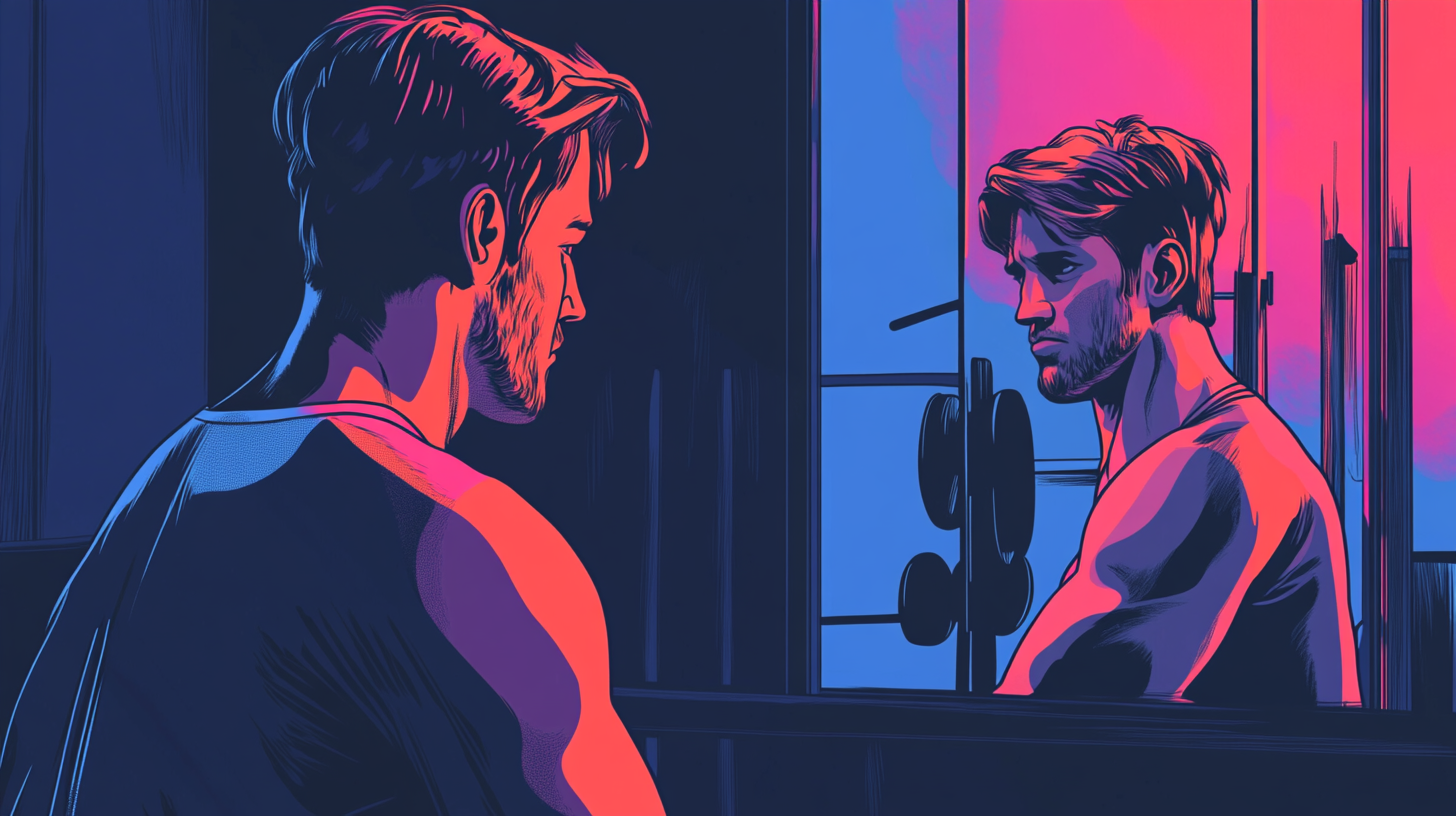
My job is to sit with people as they explore some of the biggest, most difficult, and most important moments in their life. That can skew how I see the world, just like the algorithms that power the rest of my world can.
People come to me in distress, which leads me to think, gosh, the world is going to sh*t isn’t it? When I pick up my phone I see a similar image: of people in distress far away from me for all kinds of different reasons.
Emotions are infectious (as is mental health). If all we see of the world is anxiety and distress then we’re more than likely to feel that way too. We withdraw, do less, and worry more. We reach for the things to bring us comfort.
But watching this sea of people record things for what seems to be no other reason than the sake of recording it, I felt better. While I watched about 500 of the roughly 600 million videos without views I forgot about what I read in the news that day.
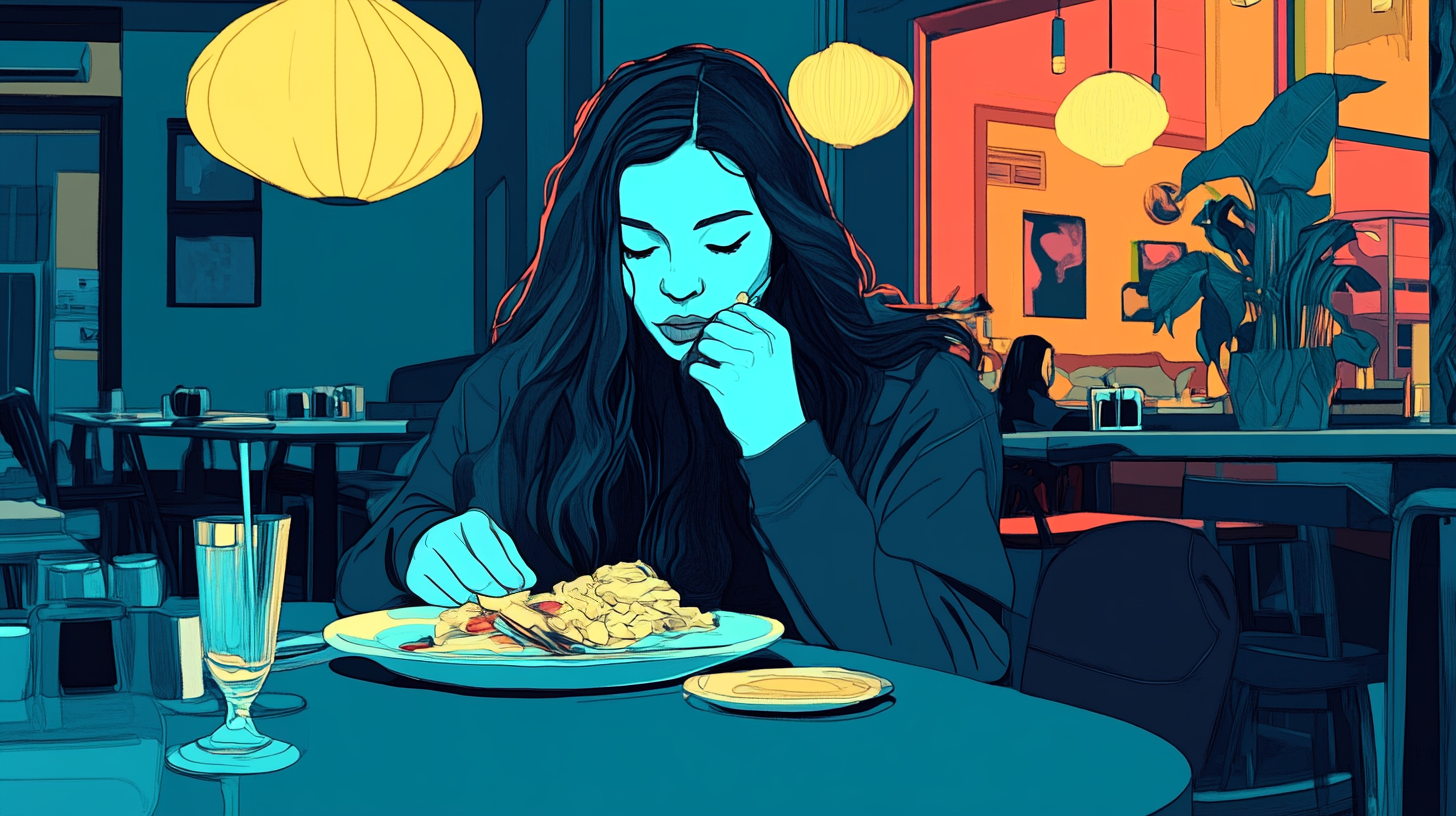
A case in point. Walzr scrapped videos from 2007-2012, a period in history defined by a global recession: conflict (Iraq, Afghanistan and the Russia / Georgia war), job losses and huge social upheaval across the globe.
Yet despite that, those videos were brilliantly mis-aligned with what the headlines said. They are a reminder that what is served to you online is not all that is happening.
No where or Now here? 🤷♀️
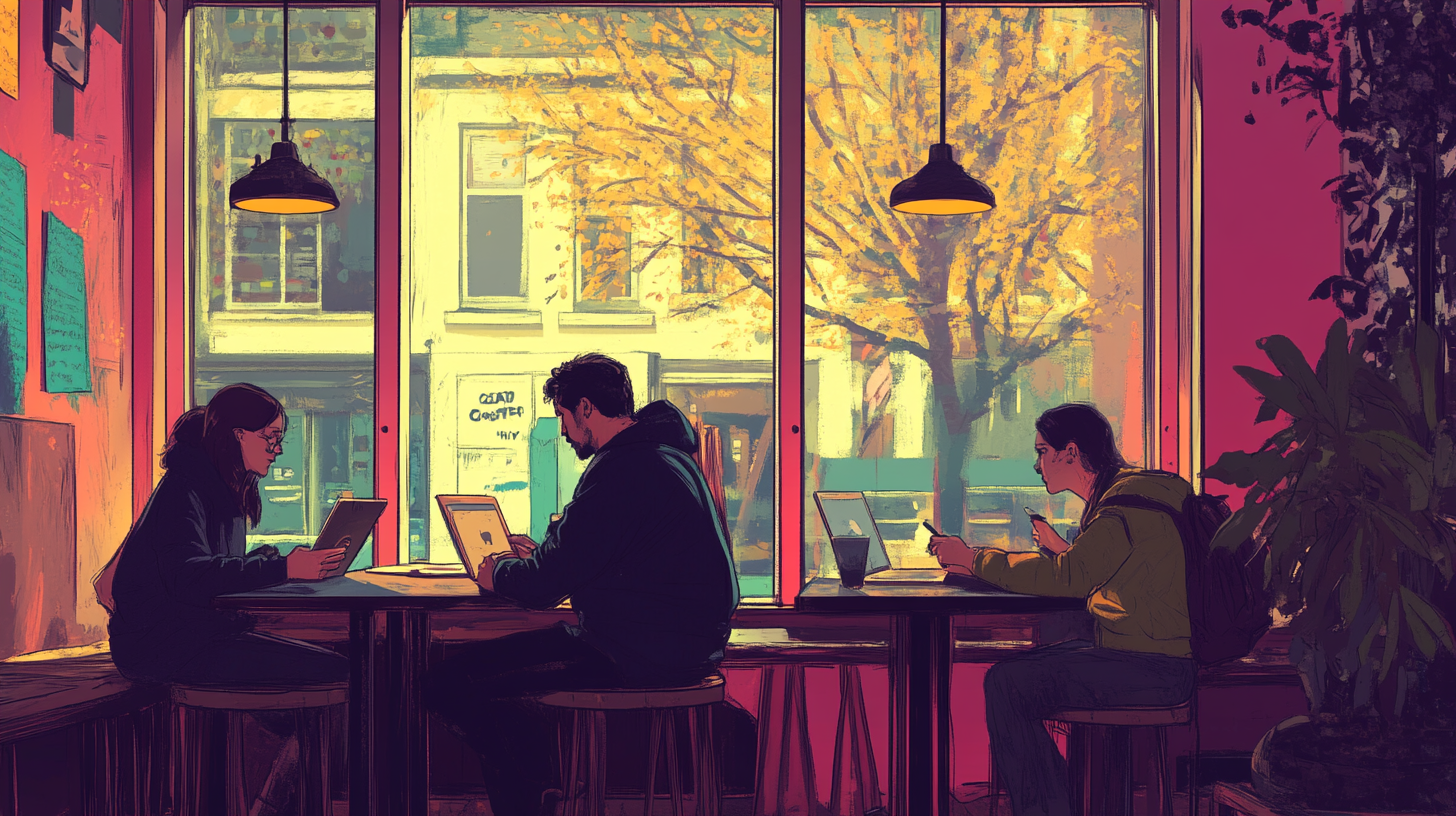
Our obsession with knowing all the things all the time can and often does lead us to take a dim view of our species. But there are other lenses to look at the world, we just need to learn to say no to the ones offered to us by companies fighting for your attention.
In therapy we talk a lot about this idea: how you view yourself depends on the lens you use to look. So often the easiest and most frequent lens we use to look at ourselves and others is negative.
But when we learn to use other lenses, when we learn that our own gaze can be just as subjective and biassed as the algorithms that serve up the world to us, we learn we have a choice.
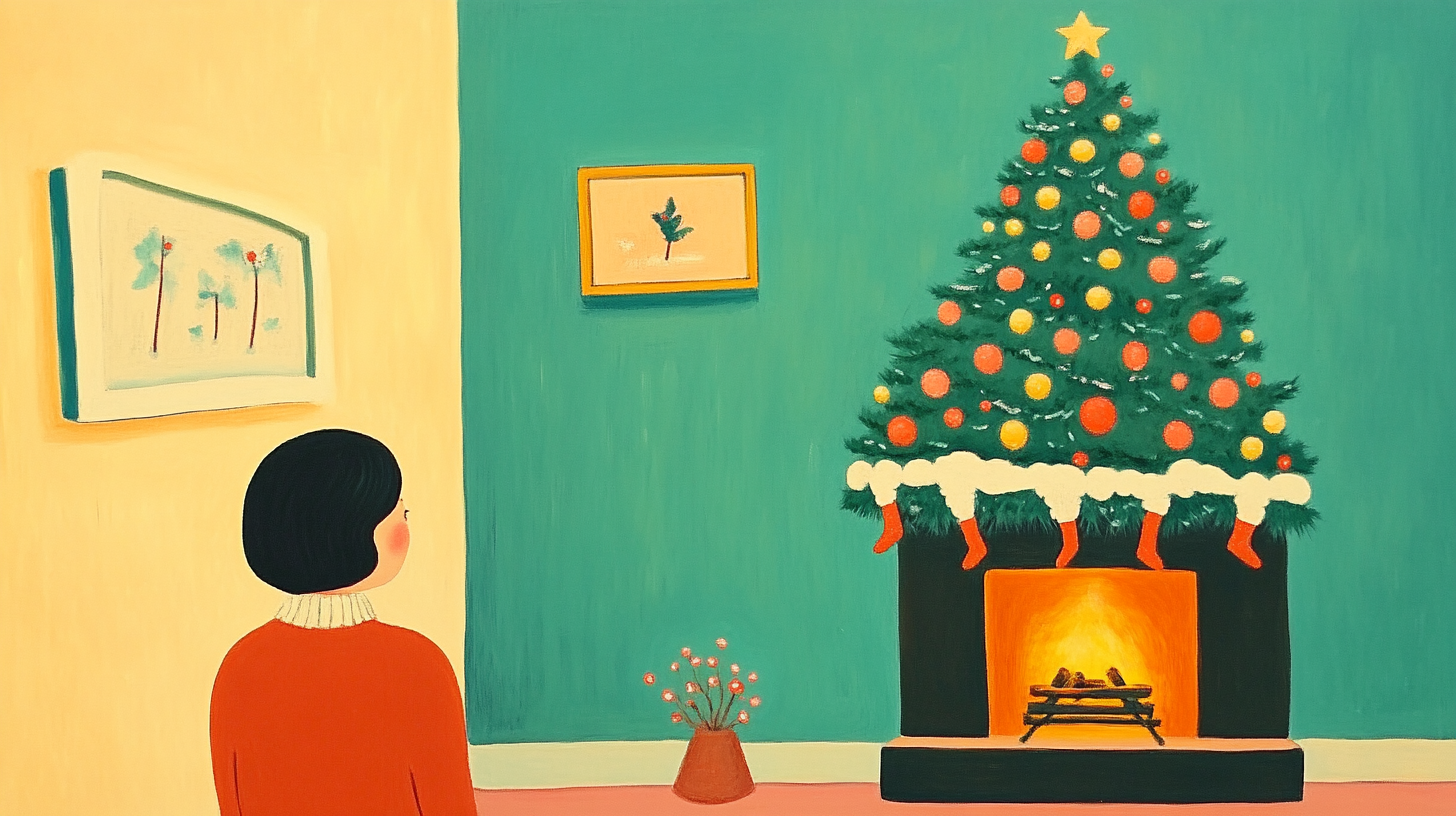
So, what did I learn watching hundreds of videos of people doing nothing? We are a much nicer, more caring, and a more nuanced bunch than what our algorithmic overlords serve to us.
The world can often seem like a terrible place, but it can also be a wonderful place, too. For every terrible headline or injustice we see, there are just as many examples of kindness and compassion. They may not be as compelling, or spread as fast as the former, but it doesn’t mean they are any less valuable.
Watching viewless YouTubers taught me that sometimes I too need to use a different lens to assess the world around me.
You should try it sometime.
Things we learned this week 🤓
- 🏋️♀️ Exercising alters your sense of time.
- 😱 Relationships start ending long before people leave, says researchers.
- 💬 No one likes being talked about, except narcissistic men, it seems.
- 🧠 How tough childhoods shapes peoples’ brains
Just a list of proper mental health services I always recommend 💡
Here is a list of excellent mental health services that are vetted and regulated that I share with the therapists I teach:
- 👨👨👦👦 Peer Support Groups - good relationships are one of the quickest ways to improve wellbeing. Rethink Mental Illness has a database of peer support groups across the UK.
- 📝 Samaritans Directory - the Samaritans, so often overlooked for the work they do, has a directory of organisations that specialise in different forms of distress. From abuse to sexual identity, this is a great place to start if you’re looking for specific forms of help.
- 💓 Hubofhope - A brilliant resource. Simply put in your postcode and it lists all the mental health services in your local area.
I love you all. 💋







